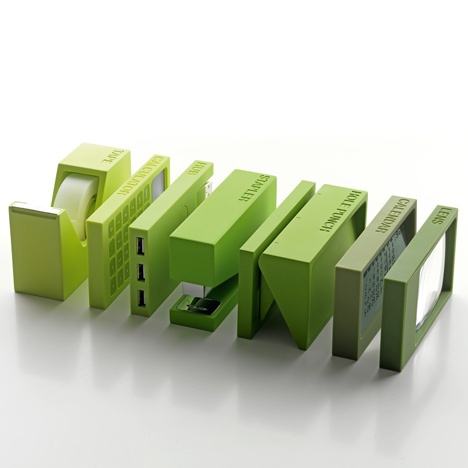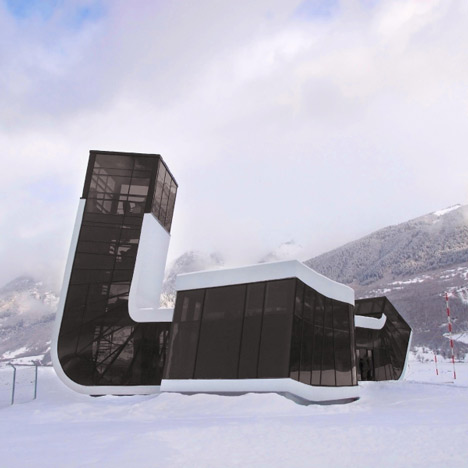
In 1975, artist and "anarchitect" Gordon Matta Clark cut an intersection of a twisted conical shape into the side of couple derelict in Paris adjacent the the Centre Pompidou. Using crude equipment such as drills and saws, Matta Clark creates what contemporary architecture students might call a "Boolean subtraction" in an existing building primitive. Not a figurative primitive, but an actual abandoned building - a cultural artifact that was long lived and was then dead. By cutting this intersection, Matta Clark reveals the buildings in their material construction. Like a crudely dissected frog for high school biology class, surface is torn away and guts remain for all to see.
Most projects in this collection need to make efforts in order to hide their underlying material complexity. This project is entirely about communicating material nature, even to the extent that the specimen is destroyed. Animal dissection is a good analogy in this way. The value of this project is not in creating new form by manipulating a primitive, but rather by gaining special insight into existing conditions of architecture and space by dissecting that primitive.









